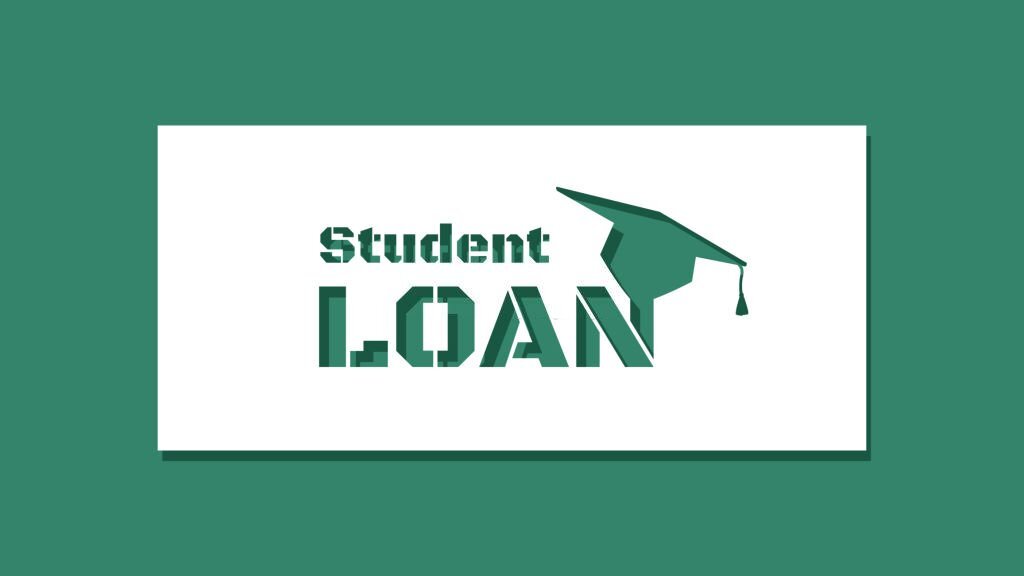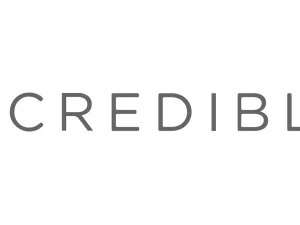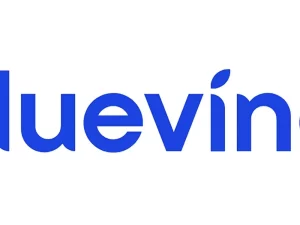Federal student loans are undoubtedly one of the best options for financing your college education due to their numerous advantages, borrower-friendly terms, competitive interest rates, and array of repayment options. These loans, offered by the U.S. Department of Education, are designed to support students and their families in their pursuit of academic and career goals while promoting responsible borrowing and successful loan repayment. Let’s delve deeper into the key benefits of federal student loans:
1. Competitive Interest Rates:
Federal student loans generally offer lower interest rates compared to many private loans. The advantage of fixed interest rates is that they provide borrowers with predictability and stability over the life of the loan. This predictability makes it easier for students and their families to plan their finances more effectively, as they can anticipate their monthly loan payments and budget accordingly. Lower interest rates translate to less overall interest paid over the loan term, potentially saving borrowers money in the long run.
2. Flexible Repayment Plans:
One of the significant advantages of federal student loans is the availability of various repayment plans tailored to accommodate different financial circumstances. Borrowers can choose from standard repayment, graduated repayment, or income-driven repayment plans, based on their individual needs. The flexibility of these options ensures that borrowers can select a plan that aligns with their financial situation and capacity to repay the loan after graduation.
– Standard Repayment Plan: This plan offers fixed monthly payments over ten years, ensuring that the loan is fully repaid within the designated timeframe. It is suitable for borrowers with stable incomes and the ability to make consistent payments.
– Graduated Repayment Plan: The graduated plan starts with lower monthly payments that gradually increase every two years over a ten-year period. This is an excellent option for borrowers who expect their income to rise steadily in the future.
– Income-Driven Repayment Plans: Income-driven plans base the monthly loan payments on the borrower’s income and family size. Examples of income-driven plans include Income-Based Repayment (IBR), Pay As You Earn (PAYE), Revised Pay As You Earn (REPAYE), and Income-Contingent Repayment (ICR). These plans are especially beneficial for recent graduates or those with lower incomes, as they cap payments at a reasonable percentage of discretionary income. Income-driven plans prevent loan default and provide a safety net during periods of financial hardship, ensuring that borrowers can manage their loan obligations even during challenging economic times.
3. Deferment and Forbearance:
Federal student loans offer deferment and forbearance options, allowing borrowers to temporarily suspend or reduce their loan payments during qualifying circumstances. These circumstances may include unemployment, economic hardship, or returning to school for further education. This provides borrowers with financial flexibility during challenging times, ensuring that they are not penalized for facing temporary financial difficulties. Deferment and forbearance options help protect borrowers from defaulting on their loans, promoting responsible loan management and ensuring borrowers’ financial well-being.
4. Loan Forgiveness Programs:
Federal student loans offer various loan forgiveness programs, such as Public Service Loan Forgiveness (PSLF), which benefits borrowers who work in public service or specific eligible professions. After making a specified number of qualifying payments, borrowers may be eligible to have their remaining loan balance forgiven. This option can provide significant relief for those pursuing careers that serve the public good and encourage graduates to consider careers in fields such as education, healthcare, or non-profit organizations. Additionally, certain income-driven repayment plans offer loan forgiveness after 20 or 25 years of qualifying payments, making federal loans an attractive choice for those with high debt burdens and limited earning potential.
5. No Credit Check (for most loans):
Unlike many private student loans, federal student loans do not require a credit check for most borrowers. This means that students with limited credit history or adverse credit can still access federal loans without the need for a co-signer. This aspect of federal loans ensures that students can pursue higher education without facing barriers due to their creditworthiness. By providing access to education financing without a credit check, federal student loans support educational opportunities for students from diverse backgrounds and socioeconomic circumstances.
6. Grace Period:
Federal student loans typically come with a grace period after graduation, during which borrowers are not required to make loan payments. This grace period allows students to find employment and establish financial stability before beginning their loan repayment journey. It offers graduates the time to transition into the workforce without immediate pressure to repay their loans, reducing the stress associated with post-graduation finances. The grace period also gives borrowers the opportunity to explore repayment options and enroll in the most suitable plan for their financial situation.
7. Borrower Protections:
Federal student loans provide several protections for borrowers, further enhancing their appeal as a financing option. For instance, in cases of total and permanent disability or death, loans may be eligible for forgiveness, ensuring that borrowers or their families are not burdened with loan obligations in such unfortunate circumstances. Additionally, borrowers may have access to loan discharge options in the event of school closure or if the borrower becomes the victim of fraud or misrepresentation by the school. These protections add an extra layer of security for borrowers, safeguarding their interests and providing peace of mind during their college journey.
Conclusion:
Federal student loans stand out as one of the best options for financing your college education due to their borrower-friendly terms, competitive interest rates, and array of repayment options. These loans are designed to support students and their families in their pursuit of academic and career goals while promoting responsible borrowing and successful loan repayment. When exploring student loan options, it is essential to prioritize federal student loans and exhaust their availability before considering private loans. By leveraging federal student loans, borrowers can benefit from the various repayment plans, income-driven options, and borrower protections, making their college journey more manageable and financially secure. As with any financial decision, students should carefully evaluate their borrowing needs, research the available options, and develop a well-informed financial plan to ensure a successful and rewarding college experience. Federal student loans are a valuable resource that empowers students to invest in their education and unlock their potential for a brighter future.










